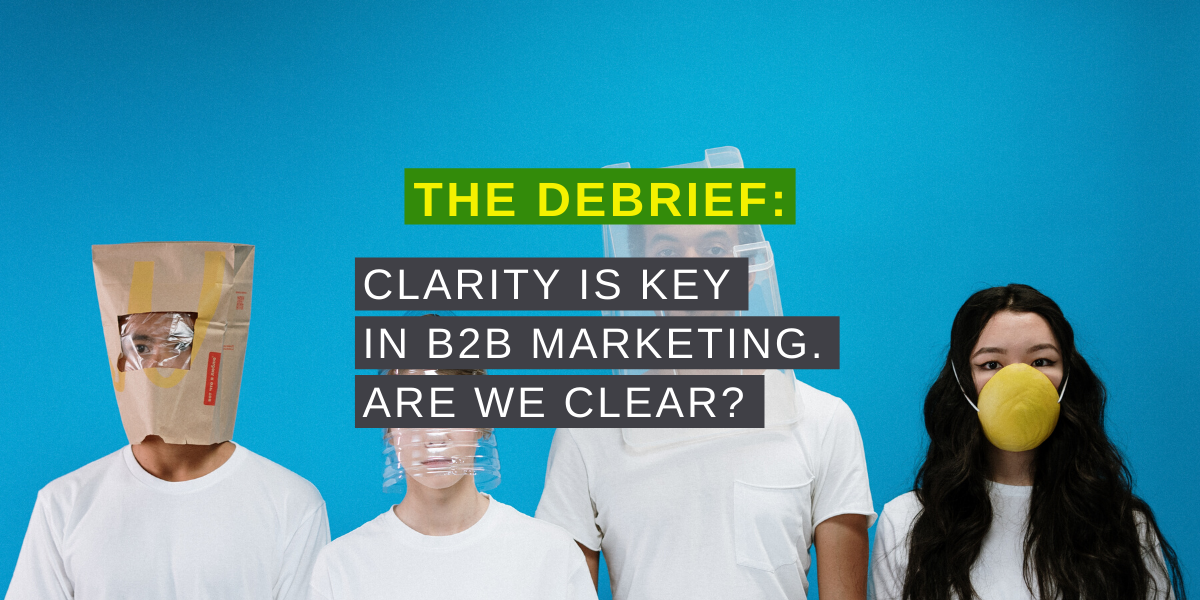To paraphrase Rod Roddy’s immortal line from the 1970’s American sitcom Soap, “Confused? You will be.”
Confusion has been the overwhelming feeling here in the UK over the last couple of days, following on from Boris Johnson’s recent public address where he outlined the next stages of his battle plan for fighting the Covid-19 pandemic.
In his 10-minute update, he walked us through the government’s latest lockdown exit strategy, addressing key topics such as exercise restrictions, workplace returns and the reopening of schools, pubs and restaurants. „This is not the time simply to end the lockdown this week. Instead we are taking the first careful steps to modify our measures,“ he said.
This was all accompanied by a brand new slogan, “Stay alert. Control the virus. Save lives”, replacing the previous mantra of „Stay at home. Protect the NHS. Save lives“.
However, the announcement has received widespread criticism over its lack of clarity and has sparked a huge amount of confusion and debate. The Guardian quite aptly described it as “a divisive muddle”, which is a delightfully British way of saying that no-one has any idea what the updates mean or what they’re supposed to do.
This confusion was encapsulated in a series of tweets from the official UK Prime Minister Twitter account, when the PM’s social media team appeared to completely forget what the word ‘alert’ actually means. The picks of the bunch include: “Stay alert by staying at home as much as possible”, “Stay alert by working from home if you can” and my personal favourite: “Stay alert by washing your hands regularly.” What does that even mean? How does that make sense?
Of course, the responses on Twitter have been as deriding and hilarious as you would expect. Comedian Matt Lucas also summed up the UK public’s reaction pretty well. But the more serious bottom line is that the PM’s announcement has raised more questions than answers, leading to widespread confusion at a time when people needed strong and clear guidance.
Back to business
What does all this mean for b2b marketing? Well, it comes back to the absolute importance of being clear and concise in all marketing messages.
Today’s consumers, both in the b2c and the b2b worlds, are bombarded by more ads and marketing content than ever before. TV, radio, newspapers, billboards, social media, email – whether we’re aware of it or not, we’re constantly being sold to.
Of course, it’s not quite as extreme for b2b. Marketing messages are more targeted and the buying cycle is much longer, but there’s still a huge amount of noise that companies need to cut through. This means marketing clarity is essential for b2b brands. There can be no room for confusion. After all, if a potential customer doesn’t understand what a b2b brand is trying to say to them, they’ll just go elsewhere.
Businesses need to ensure that their messaging and positioning is crystal clear across all channels. This might require b2b brands to take a simplified approach to marketing content – particularly when it comes to more technical topics.
In most cases, a simple message is a clear message. Remember, the goal of b2b marketing isn’t to dazzle people with technical brilliance and show off how clever the company is – it’s to educate, persuade, solve a problem and generate action from your target audience.
And this approach has to be driven internally. If the core of the brand, its values and its messages aren’t clear, the chances are that they won’t be communicated clearly and concisely to potential customers.
So, what steps can you take to ensure your b2b marketing messages are as clear as possible? Here are our top tips:
- Know your audience: before drafting any marketing content, take the time to understand what makes your target audience tick. Knowing what they’re interested in and what they care about from the outset will make it easier to produce content that they will respond to.
- Keep the reader in mind: it doesn’t matter how great the copywriter or marketing team thinks the content is – the only opinion that counts is that of the reader. Focus externally to reduce the risk of creating b2b marketing content that confuses instead of clarifies.
- Stay clear of jargon: using too many buzzword is a sure-fire way to confuse a reader. Keep things simple and use understandable language to make content easily readable and digestible.
- Don’t overdo it: in the majority of cases, less is more when it comes to b2b marketing. Use short sentences, stay clear of the waffle and aim to get your message across in as few words as possible.
- Include a call to action: make it obvious what you want the reader to do. Whether it’s ‘click here’ or ‘subscribe now’, giving readers a clear action to take after they’ve read the content is vital.
What’s next?
Once you’ve got the clarity of your marketing messages sorted, the next step is to think about the emotional strength of your message. B2b brands often overlook the role of emotion in marketing content, but it can be an extremely effective way to engage audiences and cut through the noise.
Indeed, b2b strategies that tap into emotions are 7x more effective at driving long-term sales, profits and revenue than those that just deliver rational messaging. And, because 95% of any purchase decision is based on emotion, businesses will see better ROI if they create marketing content that triggers makes use of emotional influences such as building trust or increasing confidence.
This is one thing that the UK government has done well amidst the Coronavirus crisis. For example, the slogan ‘protect the NHS’ establishes a clear emotional connection with people, thereby giving them a reason to do something – in this case, to stay inside and isolate as much as possible.
B2b buyers may think slightly different than b2c consumers, but they’re still human beings making a decision. This means emotions like trust, confidence, concern and suspicion all matter.
So remember, don’t be confusing and rational. Be concise, be clear and tap into your audience’s emotions. Oh, and of course, stay alert.
Do you need help clarifying your b2b marketing strategy? Get in touch at hello@rlyl.com to find out how we can help.




